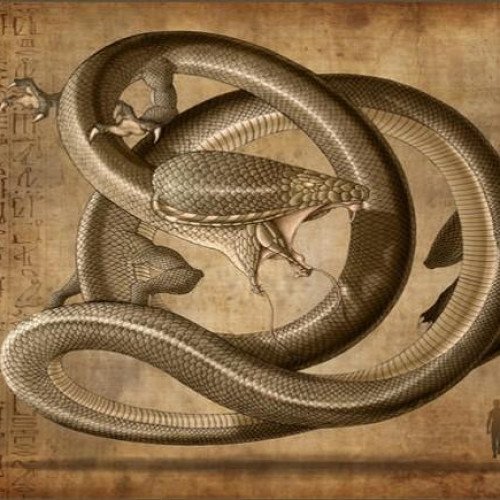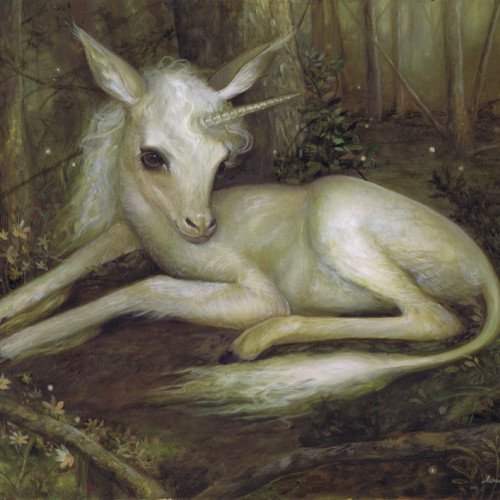Apep VS Abath

Apep
Apep ( or ; also spelled Apepi or Aapep) or Apophis (; Ancient Greek: Ἄποφις) was the ancient Egyptian deity who embodied chaos (ı͗zft in Egyptian) and was thus the opponent of light and Ma'at (order/truth). He appears in art as a giant serpent. His name is reconstructed by Egyptologists as *ʻAʼpāp(ī), as it was written ꜥꜣpp(y) and survived in later Coptic as Ⲁⲫⲱⲫ Aphōph. Apep was first mentioned in the Eighth Dynasty, and he was honored in the names of the Fourteenth Dynasty king 'Apepi and of the Greater Hyksos king Apophis.
Statistics for this Xoptio

Abath
An Abath is a legendary creature resembling a unicorn, first appearing in records in the 16th century. Accounts of the Abath were brought back by 16th-century European travellers to the Malay Peninsula. Described as female, with a single horn growing from its forehead, it is speculated that these were probably the result of a half-glimpsed Javan or Sumatran rhinoceros. Like the unicorn, a powder made from this horn supposedly served both as an aphrodisiac and as an antidote to poison. However, since the unicorn was invariably represented as male, and since there was only ever one in existence at any time, the Abath seems to have developed independently from the European myths of the one-horned creature.